Overview
Are you looking forward to going for a peak climbing adventure sooner or later? Then you will absolutely love the Island Peak Climbing adventure in the Everest region in the Himalayas. Climbing to the top of Island Peak, also known as Imja Tse, is a wonderful adventure. Climbing Island Peak offers a thrilling challenge comparable to Mera Peak Climbing. The trek to Island Peak starts from Lukla, passing through picturesque villages and lush forests, and gradually ascending to the base camp.
The journey to Island Peak Climbing involves trekking through the Everest region's famous trails, including the path to Everest Base Camp. Along the way, you will experience stunning views of the Himalayas, including Everest, Lhotse, and Makalu. You will also pass through Namche Bazaar, a bustling town known for its vibrant market and as a hub for trekkers and climbers.
The beautiful Island peak stands at 6189 meters above sea level amidst other high-soaring mountains in the Everest region. Island Peak height in feet is 20,305 feet. A trekking adventure from Lukla towards Chhukung via Namche Bazar takes you for the climbing adventure. You can also combine this climbing adventure with Everest Base Camp Trek. But if you are short of time to go for a longer adventure, you can head straight to Island Peak Base Camp and go climbing.
If you are searching for a different experience of peak climbing adventure, the 25 days Island and Mera Peak Climbing adventure is the best for you. As you get to explore the beautiful places of the Everest Region, you can also combine the Everest Base Camp trek with Island Peak climbing.
What do you see during Island Peak Climbing Adventure?
If you combine the climbing adventure with the trekking to Everest base camp, it will take you longer. But it allows you enough time to acclimatize for the summit climb on the mountain. Once you start the trek from Lukla up towards Namche Bazar, you can enjoy beautiful nature and mountain surroundings along the trail in the Dudh Koshi river valley.
In addition, the Sherpa cultural riches in the region make the adventure even more interesting. The beautiful villages of Namche, Tengboche, and Dingboche will give you a wonderful immersion in the mountain lifestyle in the region. You can also explore monasteries that determine the socio-cultural life of the people living in the region. You will also learn more about the Sherpa people, the community of mountain climbers.
The climbing adventure itself is just a single day. You can reach the island peak summit from the base camp and return back in a day. Although it is a climbing adventure, it is not as highly technical as mountaineering like Ama Dablam Expedition or Everest Expedition.
During the adventure, you will enjoy magnificent views of mountains like Thamserku, Ama Dablam, Everest, Lhotse, Tawache, Nuptse, Makalu, Cho Oyu, etc. While you stand at the Island Peak summit, you will have an overwhelming view of the vast range of mountains in the surroundings.
Reasons this trip becomes an Experience
Nepal Climbing Adventure always strives to offer an adventure traveling experience that you can cherish. While the Island Peak Climbing Adventure is beautiful in its all essence, your experience of trekking there becomes even more beautiful with us.
By the time we take you to the base camp and bring you back, we take one step ahead to offer you a beautiful experience. We keep your safety and happiness is our top priority and you will experience the same during the trip.
Trekking and climbing Island Peak with us is traveling in safe hands. Learn some facts about the adventure here.
Highlights:
- Begin the adventure with an exhilarating flight from Kathmandu to Lukla, offering stunning aerial views of the Himalayas.
- Journey through picturesque Sherpa villages, lush forests, and high-altitude landscapes in the iconic Khumbu Valley.
- Acclimatize in the bustling Sherpa town of Namche Bazaar, a vibrant hub for trekkers and climbers with markets, cafes, and cultural sights.
- Visit the famous Tengboche Monastery, the spiritual center of the Khumbu region, with panoramic views of Everest, Ama Dablam, and other peaks.
- Trek through the high-altitude villages of Dingboche and Chhukung, offering Island Peak acclimatization opportunities and stunning mountain vistas.
- Establish camps at Island Peak High Camp and Base Camp, situated at the foot of the Imja Tse glacier, preparing for the summit push.
- Experience the thrill of climbing Island Peak (6,189 meters), tackling challenging snow and ice slopes with fixed ropes and crampons.
- Enjoy breathtaking views from the summit, including Everest, Lhotse, Nuptse, Makalu, and the surrounding peaks.
- Navigate through impressive glacial features, including crevasses and seracs, adding to the technical climbing experience.
- Engage with the local Sherpa community, learning about their traditions, lifestyles, and hospitality.
Island Peak Climbing Route
Island Peak, also known as Imja Tse, is one of Nepal’s most popular trekking peaks, standing at an elevation of 6,189 meters. Island Peak height in feet is 20,305 feet. The climb starts from Lukla, the gateway to the Everest region, which is reached by a short flight from Kathmandu. From Lukla, the route follows the classic Everest Base Camp trail, passing through picturesque Sherpa villages like Phakding, Namche Bazaar, and Tengboche. Namche Bazaar is a bustling town that serves as the region’s trading hub and provides trekkers with a chance to acclimatize and explore local culture.
The trail continues to Dingboche, another acclimatization stop, where trekkers can enjoy breathtaking views of Ama Dablam, Lhotse, and other peaks. From Dingboche, the route is diverted towards Chhukung, a small settlement that offers stunning views and serves as the last stop before heading to Island Peak High Camp. The base camp is located at 5,087 meters and provides a serene environment for final preparations. The Island Peak route map provides a detailed guide to navigating the ascent of this challenging Himalayan peak.
Climbers typically set off for the summit in the early hours of the morning to avoid the afternoon winds. The island peak climbing route involves navigating glaciers, crevasses, and a steep headwall before reaching the summit ridge. Although technically straightforward, the climb requires the use of crampons, ice axes, and ropes. The summit rewards climbers with panoramic views of the Himalayan giants, including Everest, Lhotse, Nuptse, and Makalu.
After the summit, climbers descend back to base camp and retrace their steps to Lukla, enjoying the familiar sights and sounds of the Khumbu region. The entire journey typically takes around 18 to 20 days, depending on weather conditions and acclimatization needs. Island Peak offers a thrilling adventure for those looking to experience high-altitude climbing and immerse themselves in the natural beauty and cultural richness of the Everest region.
Island Peak Climbing Difficulty
Island Peak Climbing, stands at 6,189 meters (20,305 feet) and is located in the Everest region of Nepal. This peak offers climbers a thrilling experience and breathtaking views. However, it is not an easy climb. One of the main challenges is the altitude. At such high elevations, climbers face the risk of altitude sickness. Symptoms can include headaches, nausea, and dizziness. To reduce island peak climbing difficulty, proper acclimatization is crucial. Climbers should spend several days at higher altitudes before attempting the summit. Climbing Island Peak Nepal offers a thrilling challenge similar to Mera Peak Climbing.
The route itself involves various technical sections. While Island Peak is considered a trekking peak, it requires some mountaineering skills. Climbers need to navigate through steep slopes, crevasses, and ice walls. Using crampons, ice axes, and ropes is essential. Basic knowledge of these tools is necessary for a safe ascent. Weather conditions add another layer of difficulty. The weather in the Himalayas can be unpredictable. Strong winds, heavy snowfall, and low temperatures are common. These conditions can make the climb more challenging and even dangerous. Climbers need to be well-prepared with appropriate gear and clothing.
Physical fitness is also a key factor. The climb requires stamina, strength, and endurance. Climbers should be in good shape and ideally have experience in high-altitude trekking or climbing. Regular training and preparation are important to handle the physical demands of the climb. Despite the challenges, Island Peak ascent is achievable for many. With the right preparation, acclimatization, and guidance from experienced guides, climbers can reach the summit. It offers a rewarding experience with stunning views of Everest and the surrounding peaks. The sense of accomplishment upon reaching the top is unparalleled.
Best Time for Island Peak Climbing
When deciding to undertake Island Peak Climbing, it is important to consider the weather. In spring and autumn, the sky is clear throughout the day, there is no rainfall, and the temperatures are ideal. The clear blue skies offer breathtaking views. Here is a brief overview of the weather at high altitudes during various seasons.
a. March to April:
Island Peak offers one of the most favorable Island Peak climbing season for hiking and climbing. The breathtaking vistas of the Himalayan ranges and glaciers are sure to captivate you. As March arrives, the weather gradually becomes warmer, awakening the dormant flora and fauna that thrive in the sun-drenched temperatures. By mid-March, temperatures begin to rise, revealing the majestic snow-capped mountains under clear skies. During the day, expect temperatures around 18°C, while nights can be chilly at around -12°C.
b. May to June:
The period right before the rainfall is ideal for trekking in Nepal. The monsoon season begins in late June and continues until mid-August. The combination of spring and summer creates a pleasant climate for climbing during this time. The temperature ranges from around 25°C during the day to approximately -5 °C at night.
c. July to August:
The intensity of monsoon rain increases from July to August at altitudes below 3500 meters. Flights to Lukla have a high probability of being canceled at the beginning or end of the trek due to visibility issues. The trails can become wet and slippery. Climbing Island Peak becomes more challenging, but not impossible. The temperature during the daytime is approximately 27°C, while at night it drops to around 5°C.
d. September to October:
It is also the ideal Island Peak climbing season. After the monsoon, a perfect trekking season begins. The temperature at high altitudes reaches 20 degrees during the day and drops to 5 degrees at night. Climbers can enjoy clear skies and breathtaking mountain views during this time. We recommend planning Island Peak Climb from mid-September until the end of the season. If you visit Nepal during these months, you will also have the opportunity to witness the celebration of two important Hindu festivals - Dashain and Tihar. The temperature during the day is around 20°C, while at night it is around 5°C.
e. November to December:
As the winter season commences, snowfall initiates in the trekking area, making it progressively challenging to reach Island Peak. Nevertheless, November Island Peak Expedition are highly favored because of the clear and radiant days that offer breathtaking vistas. Starting from December, the temperature drops significantly, and there is a substantial amount of snowfall in the elevated regions. The temperature ranges around 18°C during the daytime and plummets to approximately -10°C at night.
f. January to February:
During January, heavy snowfall and cold temperatures make it the coldest time of the year. However, in February, the winter starts to ease and the daytime temperatures begin to rise. Although the skies are blue, it remains cold at night. Trekking or climbing is possible and safe during February. However, if you are allergic to colds, it is advisable not to trek during these months. The temperature during the daytime is around 15°C, while at night it drops to around -15°C.
Permit required for Island Peak Climbing
Climbing Island Peak in Nepal requires several permits. These island peak permits are mandatory and ensure a safe and legal climbing experience. First, you need a trekking permit called the Sagarmatha National Park Entry Permit. This permit is essential as Island Peak lies within the Sagarmatha National Park. You can obtain this permit in Kathmandu or at the park entrance in Monjo. The island peak climbing cost varies for foreigners, with different rates for SAARC nationals and non-SAARC nationals.
i. Sagarmatha National Park Entry Permit:
The Sagarmatha National Park Entry Permit is mandatory for anyone planning to visit Island Peak, as it lies within the park. You can obtain this permit either in Kathmandu or at the park entrance in Monjo. The island peak climbing cost of the permit varies depending on your nationality. For nationals of SAARC countries, the permit is less expensive, while non-SAARC nationals have to pay a higher fee. The cost of climbing island peak and permit is essential for ensuring the protection and conservation of the park's unique environment and wildlife.
ii. TIMS (Trekkers’ Information Management System) Card:
The TIMS (Trekkers' Information Management System) Card is essential for tracking trekkers and ensuring their safety. There are two types of TIMS cards: one for organized trekkers going through registered agencies and another for individual trekkers. The fees for these cards differ based on the category. Organized trekkers typically pay a lower fee compared to individual trekkers. The TIMS card is important for maintaining records of trekkers in the region and helps in search and rescue operations if needed.
iii. Island Peak Climbing Permit:
Outline Itinerary:
Day 01: Arrival in Kathmandu (1400m)
Day 02: Kathmandu – Phakding (2,680m)
Day 03: Phakding – Namche Bazar (3,440m) – B.L.D
Day 04: Acclimatization Day – B.L.D
Day 05: Namche – Tengboche (3,860m) – B.L.D
Day 06: Tengboche – Dingboche (4,410m) – B.L.D
Day 07: Dingboche - Chhukung (4,730m)
Day 08: Acclimatization Day at Chhukung
Day 09: Chhukung - Island Peak Base Camp (5,087m)
Day 10: ZBase Camp - Island Peak Summit (6189m) - Chhukung (4,730m)
Day 11: Contingency day
Day 12: Chhukung - Pangboche (3,985m)
Day 13: Pangboche - Namche Bazaar (3,440m)
Day 14: Namche - Lukla (2,860m)
Day 15: Lukla - Kathmandu (1,400m)
Day 16: Reserve Day
Day 17: Departure Day
Food and Accommodations during the Island Peak Climbing
During the Island Peak climb expedition, food and accommodations are tailored to meet the needs of trekkers while ensuring comfort and nourishment in remote areas.
Accommodations:
In the lower elevations, such as Kathmandu and Lukla, you'll stay in comfortable hotels with amenities like hot showers and cozy beds. As you ascend to higher altitudes, accommodations shift to tea houses and lodges. These lodges provide basic yet comfortable rooms with common areas for resting. In these places, you will find simple, clean rooms with shared bathrooms. On the mountain itself, particularly during the climb, you'll stay in high-altitude base camps or tented camps. These camps are equipped with sleeping tents, dining tents, and sometimes even toilet facilities. While not luxurious, these setups ensure a safe and warm place to rest.
Food:
The food during the expedition is designed to keep you energized and healthy. In the lower elevations, you can enjoy a variety of dishes, including both local Nepali fare and international options. Meals are prepared by skilled cooks who understand the dietary needs of climbers. As you move higher, the menu becomes simpler but still nutritious. Expect hearty meals like rice, dal (lentil soup), and vegetables. At higher altitudes, food is generally prepared by local staff who are accustomed to working in challenging conditions. Hot drinks such as tea, coffee, and soups are provided frequently to help you stay warm and hydrated.
What is included?
- All types of organizational requirements
- All trekking and climbing paper works and permits
- All airport and hotel transfers
- Welcome and farewell dinner
- Accommodation and meals during the whole of the island peak expedition
- Flight from Kathmandu to Lukla and back
- Government and local taxes
- Reference notes to plan your trip
- An experienced English speaking climbing guide, assistant climbing guide, Sherpa porters including their salary, insurance, food, lodging and all equipment
- A comprehensive medical kit
- Facilities of Email and satellite phones in base camp
- Necessary oxygen bottles
- Written and photo internet dispatches to send your progress to your family
What is not included?
- Nepal Visa fee(bring small denomination cash USD and two passport photographs)
- International airfare
- Excess baggage charges
- Extra night accommodation apart from the schedule due to any reasons
- Lunch and evening meals in case of early return than the scheduled island peak climbing itinerary.
- Travel and rescue insurance
- Charges of Email and satellite phones
- Charge for extra Sherpa porter (if required)
- Personal expenses
- Tips for climbing guide and Sherpa
There are a number of things that you need to keep in mind if you ever plan for your vacation. Because you want to make the most out of your limited time, it is truly a hectic job for you to find a trustworthy and experienced traveling companion. With Nepal Climbing, you have your problem solved already as we are one of the leading Trekking and Mountaineering organizations in Nepal and have been providing first class service in several travelling packages across the country for many years.
We prioritize your satisfaction and safety
At Nepal Climbing Adventure, our ultimate objective is to arrange the programs for you to make the most out of your valuable time. We value your satisfaction, adventure, amusement and safety. Regardless of whether you are searching for stunning perspectives along the trekking trails in Himalayan mountain range or widely acclaimed, heavenly attractions with developed societies, our exposure and experience in travel business will help you ensure your requirements are met.
We have professional staffs and service
We trust that extraordinary staff lead awesome administration. That is the reason we are collaborated with experienced and eager individuals. We possess authorized and government certified guides who are very much furnished with broad learning of Nepali communities and traditions. They additionally have familiar English speaking abilities and hierarchical capacities to encourage all types trekking groups.
Responsible Tourism and social values
We are endeavoring to lessen the effect of tourism by guaranteeing our staff are very much aware of ecological issues. We are doing our best to create less waste as could be expected under the circumstances and make a point to reclaim non-compostable wastes. We outline our itineraries and work in the field guided by the standards of ecotourism and reasonable tourism. Moreover, all our staff have been given ecological preparing and are extremely aware to the eco-system we enter. Additionally, we are adhering to sustainable assets of energy. Our guides will share you the social values, culture and religious harmony for better understanding the groups you visit.
Customizable Service
Our promise is to provide you with the travelling packages customizable according to your demand fulfilling your budget criteria. So, we can facilitate a minimum of 2 individuals with a personalized service at a reasonable cost.
An amazing trip!
Very happy to have Chris organise our trek. He was on call 24/7 to take care of everything. Highly recommended.
Rick Reynolds
Island peak & Everest Base Camp
I highly recommend this company , the services where perfect , the staff , the hotel , the guide for the trek , the food , everything was more than expected, thank you!!!!! Namaste!!!
Jinan
An Amazing Experience!
I fully enjoyed my tour with Chris' company. Everyone was very friendly and super flexible when I had wishes that were not on my "standard" booking. I highly recommend to anyone who wants to experience an exceptional once in a lifetime adventure!
Rudolf Moos
Mera Peak Climbing
I had a amazing trip with Nepal Climbing adventure to Island Peak climbing. Kris is very flexible with the itinerary and very friendly. And our guide Mingma, is very professional and friendly. I’m looking forward for the next trip on the next time! Kudos for Nepal Climbing Adventure!
Mario Teguh Nugraha
Online Payment
Or
WIRE TRANSFER
Bank Details:
Account Holder's Name: Nepal Climbing Adventure Pvt. Ltd.
Bank Name: Himalayan Bank Ltd.
Account Number: 01907449340018
Account Type: USD
Address: Thamel, Kathmandu, Nepal
SWIFT CODE: HIMANPKA
For more detail contact us:
Krishna Subedi (Chris Chhetri): +977 9851076791 (24/7, Call/Viber/Watsapp)
We recommend our guests have a valid insurance policy before undertaking an adventure in Nepal Himalaya. During treks and expeditions, the insurance should cover for expenses such as air ambulance, helicopter rescue, and medical care. As an adventure operator, we (NCA), are not permitted to arrange or sell insurance packages here in Nepal as per the Government of Nepal.
Frequently Asked Questions (FAQ’s)
1. Is Island Peak worth it?
Absolutely, Island Peak is worth it for adventure enthusiasts. It offers a thrilling climbing experience with stunning views of the Himalayas, including Everest. The climb is challenging yet accessible, making it a great introduction to high-altitude mountaineering. Additionally, it provides a sense of accomplishment and an unforgettable adventure.
2. How difficult is the Island Peak to climb?
Climbing Island Peak is moderately difficult, suitable for those with basic mountaineering experience. The ascent involves navigating glaciers, steep ice, and rock sections, requiring technical skills such as using crampons and ice axes. While physically demanding due to the altitude, it is manageable with proper acclimatization and training. Overall, it provides a challenging yet achievable climb for adventurous trekkers.
3. How many people have died climbing island peak?
The exact number of fatalities on Island Peak is not well-documented, but it remains relatively low compared to other peaks in the region. Most climbers successfully summit with proper preparation and guidance. The climb's challenges, primarily related to altitude and weather, emphasize the importance of thorough acclimatization and experienced support to ensure safety.
4. What happens if I fall ill during the trek?
If by chance you fall ill during your trek, the first course of action depends on what's wrong with you. If it's altitude sickness, moving to lower altitudes and taking altitude medication will solve most cases; if it's quite severe, your guide will arrange for emergency evacuation by helicopter (be sure that emergency helicopter rescue is covered in your travel insurance). If you have a stomach sickness, bug, or any other types of food or water-related illnesses, your guide will have medication on hand for the most common illnesses.
5. How long does it take to climb the Island Peak?
Climbing Island Peak typically takes about 3 to 4 days, starting from the base camp. This timeframe includes acclimatization, preparation, and the actual ascent. Most itineraries integrate the climb with the Everest Base Camp trek, extending the entire journey to around 18 to 20 days, ensuring proper acclimatization and a richer trekking experience.
6. How much does it cost to climb the Island Peak?
The cost to climb Island Peak generally ranges from $2,500 to $4,500. This includes permits, guide services, equipment, food, and accommodation. Prices can vary based on the level of service, the inclusion of the Everest Base Camp trek, and the duration of the trip. It's important to choose a reputable trekking agency for a safe and well-organized experience.
7. Which of the 3 peaks is hardest to climb?
Among Island Peak, Mera Peak, and Lobuche East, Lobuche East is generally considered the hardest to climb. It has more technical sections, including steep rock and ice climbs, requiring advanced mountaineering skills. The approach to Lobuche East is also more challenging, making it suitable for experienced climbers seeking a tougher ascent.
8. Which peak has not been climbed?
Many peaks remain unclimbed, particularly in remote regions like the Himalayas. Gangkhar Puensum, located on the border of Bhutan and China, is the most notable unclimbed peak due to restrictions on mountaineering imposed by the Bhutanese government. It remains an elusive goal for climbers due to its sacred status and stringent regulations.
9. Can we change the itinerary?
Depending on the prevailing situation, you can modify it to some extent after consulting with your senior guide. However, the date of trek completion should always coincide with the original itinerary. You should keep in mind that this is an adventure trip into some of the most remote regions in the world, where many unforeseen circumstances may contribute to the need for a change in itinerary. In such cases, we or your guide will suggest the best alternative similar to your original itinerary.
10. Do you need oxygen for Island Peak?
Oxygen is not typically required for climbing Island Peak, as its elevation of 6,189 meters (20,305 feet) is within the range that can be managed with proper acclimatization. However, climbers should be prepared for the effects of high altitude and carry supplementary oxygen as a precaution in case of severe altitude sickness or emergencies. Proper acclimatization and physical conditioning are essential for a safe ascent.
11. Is Mont Blanc harder than Island Peak?
Mont Blanc is generally considered harder to climb than Island Peak. While Island Peak requires technical skills such as using crampons and ice axes, Mont Blanc presents greater challenges due to its more unpredictable weather, higher winds, and steeper sections. Additionally, the ascent routes on Mont Blanc often involve more complex glacier travel and crevasse navigation, making it a more demanding climb overall.
12. What season is best for Island Peak Climbing?
The best seasons to climb Island Peak are during the pre-monsoon (spring) and post-monsoon (autumn) periods. Specifically, April to May and September to November offer the most favorable weather conditions with clear skies and moderate temperatures. These times provide optimal climbing conditions, ensuring a safer and more enjoyable ascent.
13. Can beginners climb Island Peak?
Yes, beginners can climb Island Peak, but it requires a basic level of mountaineering skills and physical fitness. While the peak is considered accessible, climbers should be prepared for technical sections involving ice and rock, and proper acclimatization is crucial. Training and guidance from experienced guides can significantly enhance safety and success for those new to high-altitude climbing.
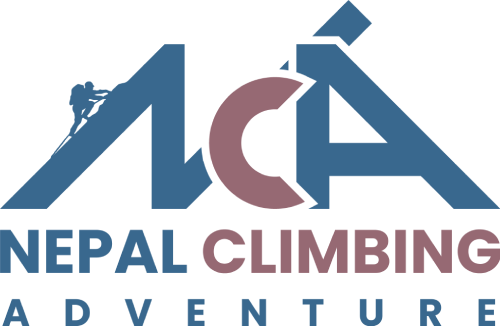
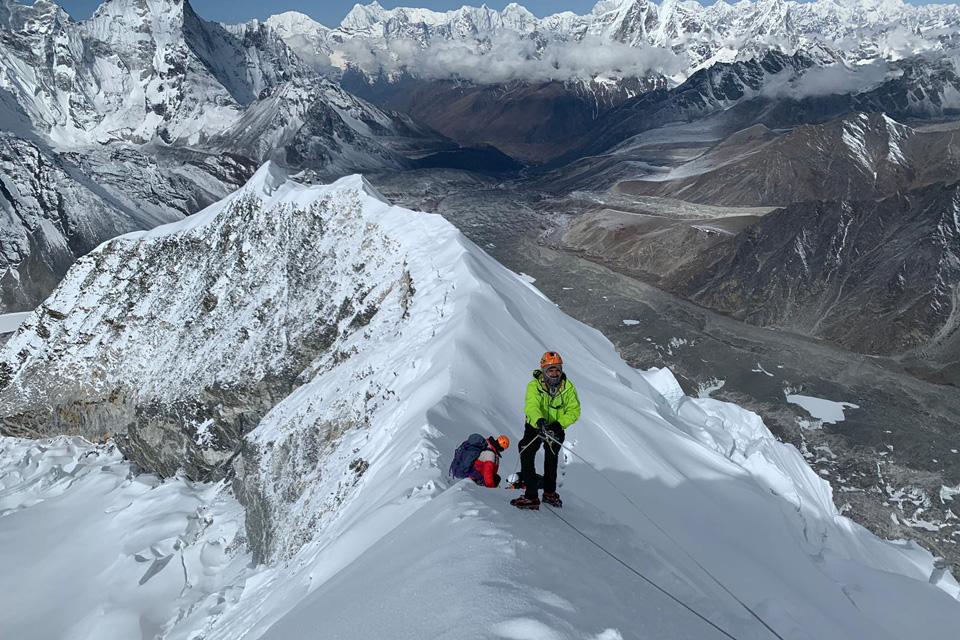
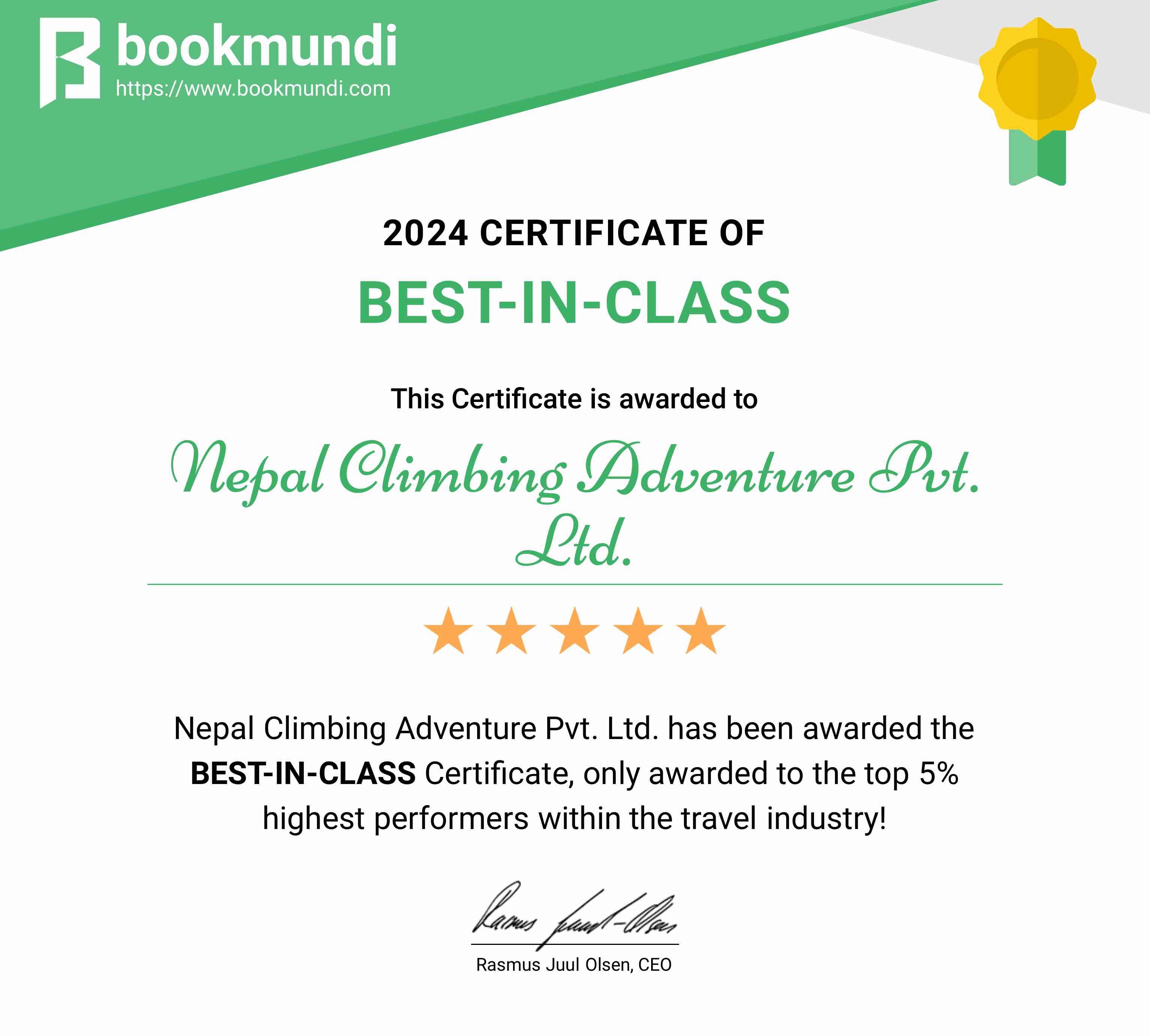

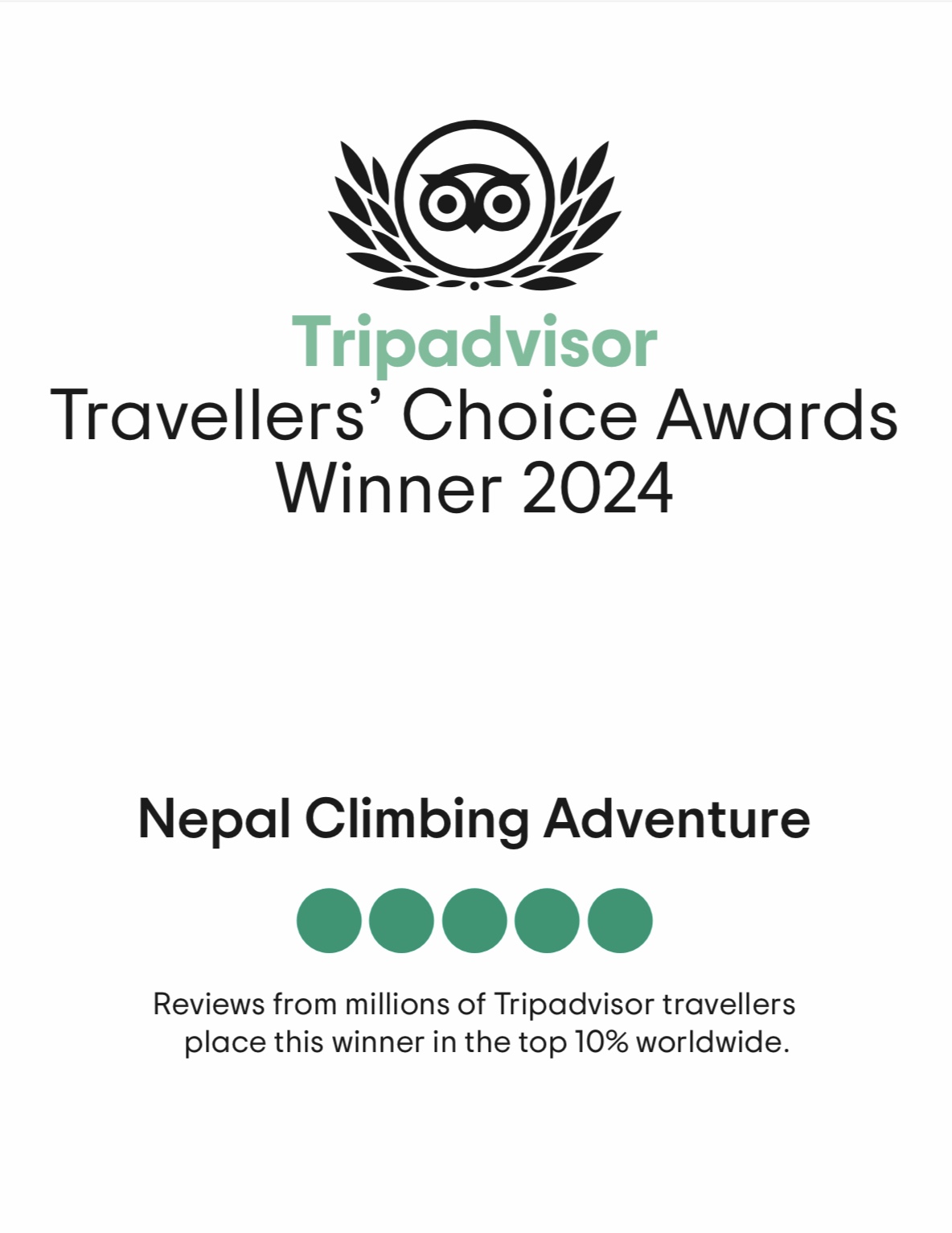
















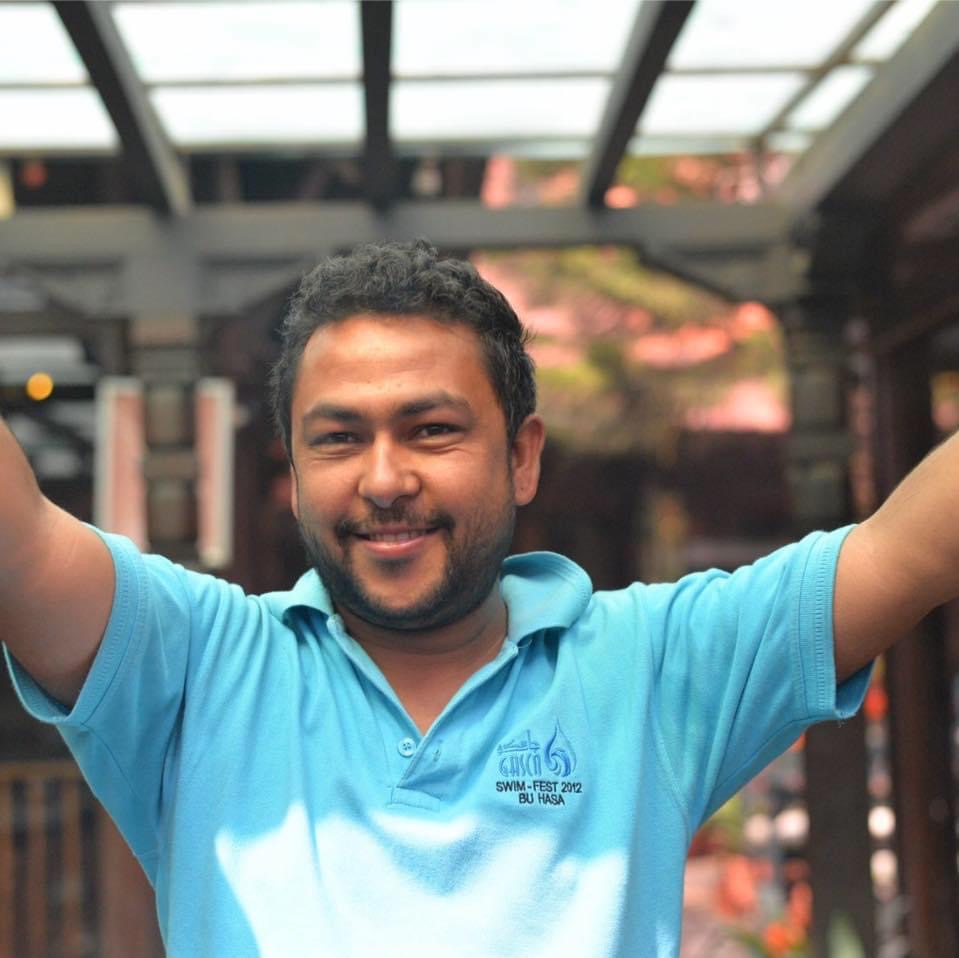 Chris Chhetri
Chris Chhetri